In the frame: Layer is a new high-tech platform for displaying unique pieces of generative art
A museum-grade canvas renders digital art with spectacular precision, cutting-edge tech and exacting industrial design
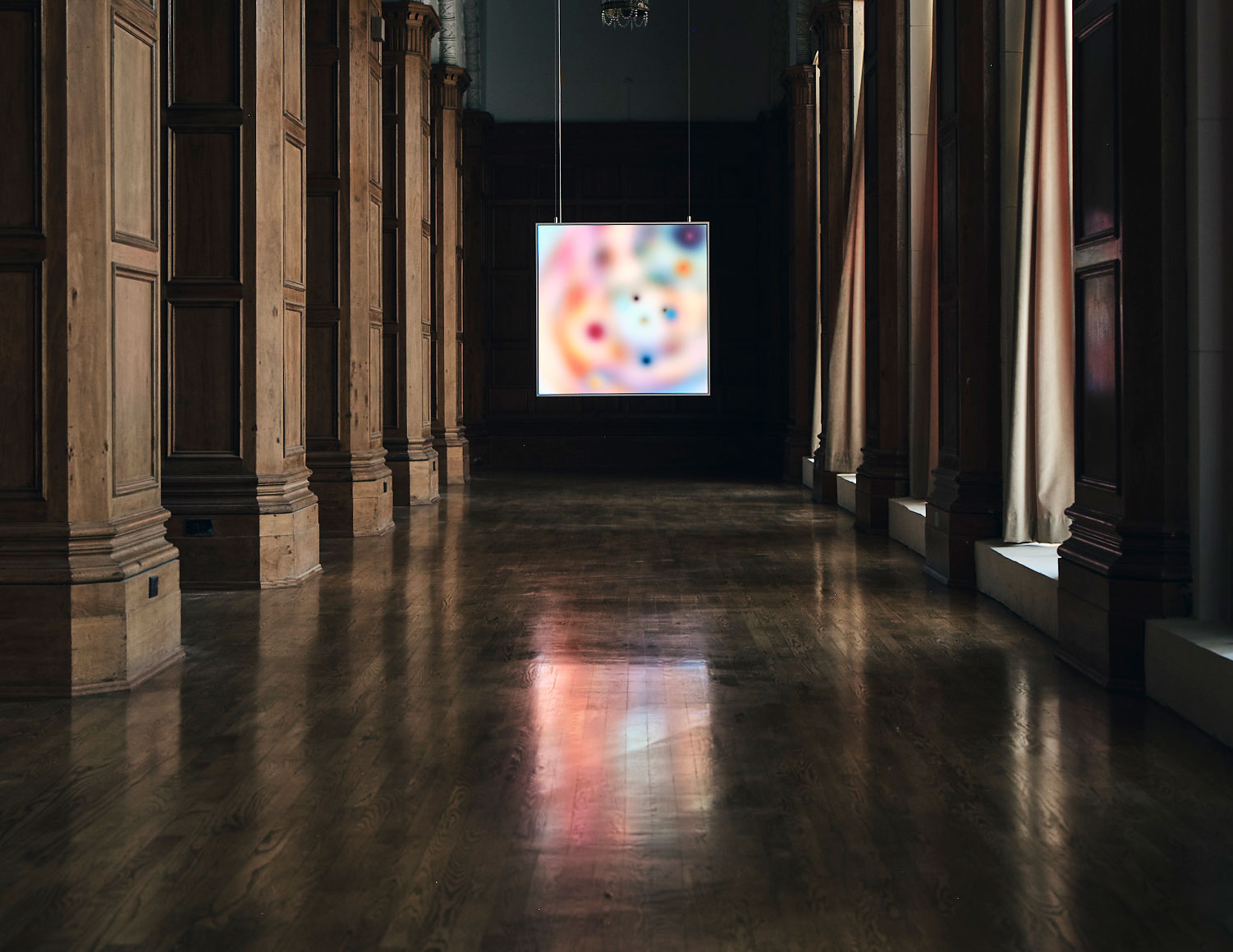
Digital art has been bruised by two acronyms rich with uncertainty, NFTs and AI, each adding a layer of obfuscation to the endeavours of anyone working in pixels rather than paint. True ‘generative art’ – that is to say, procedural art created by hand-crafted code – has therefore suffered, de-platformed and overwhelmed by AI slop and dubious get-rich-quick schemes.
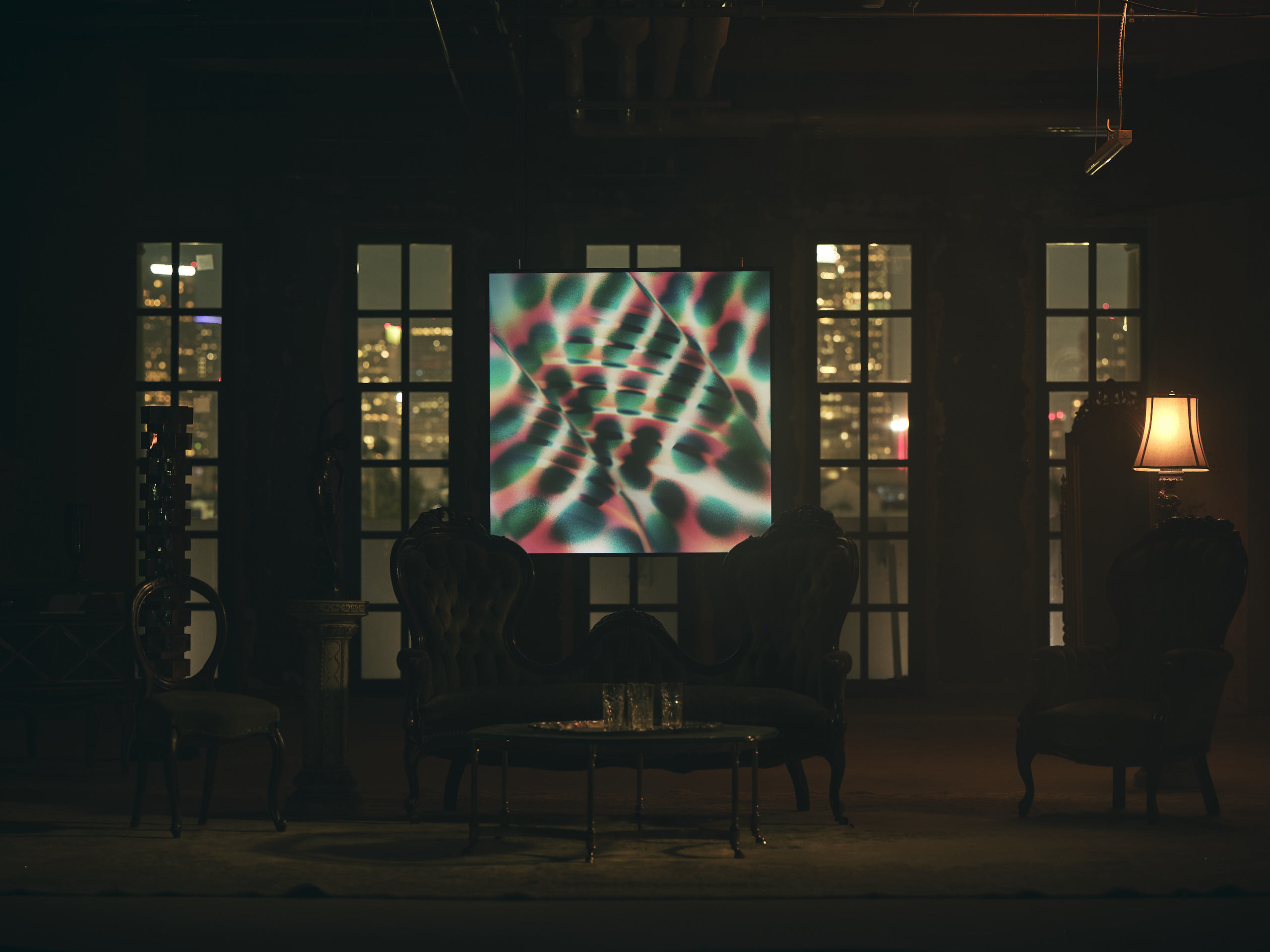
The Layer Canvas displaying 'Blind Spots' by Shaderism
Attempting to right these wrongs is the starting for a new digital platform, Layer Canvas, a start-up initiated by Deviant Art founder Angelo Sotira. With industrial design by Will Howe at Demo, the Layer Canvas is billed as the first true dedicated platform for digital art, a museum-quality 1.1m2 display contained within an aluminium frame that’s distinct from a regular flat screen.
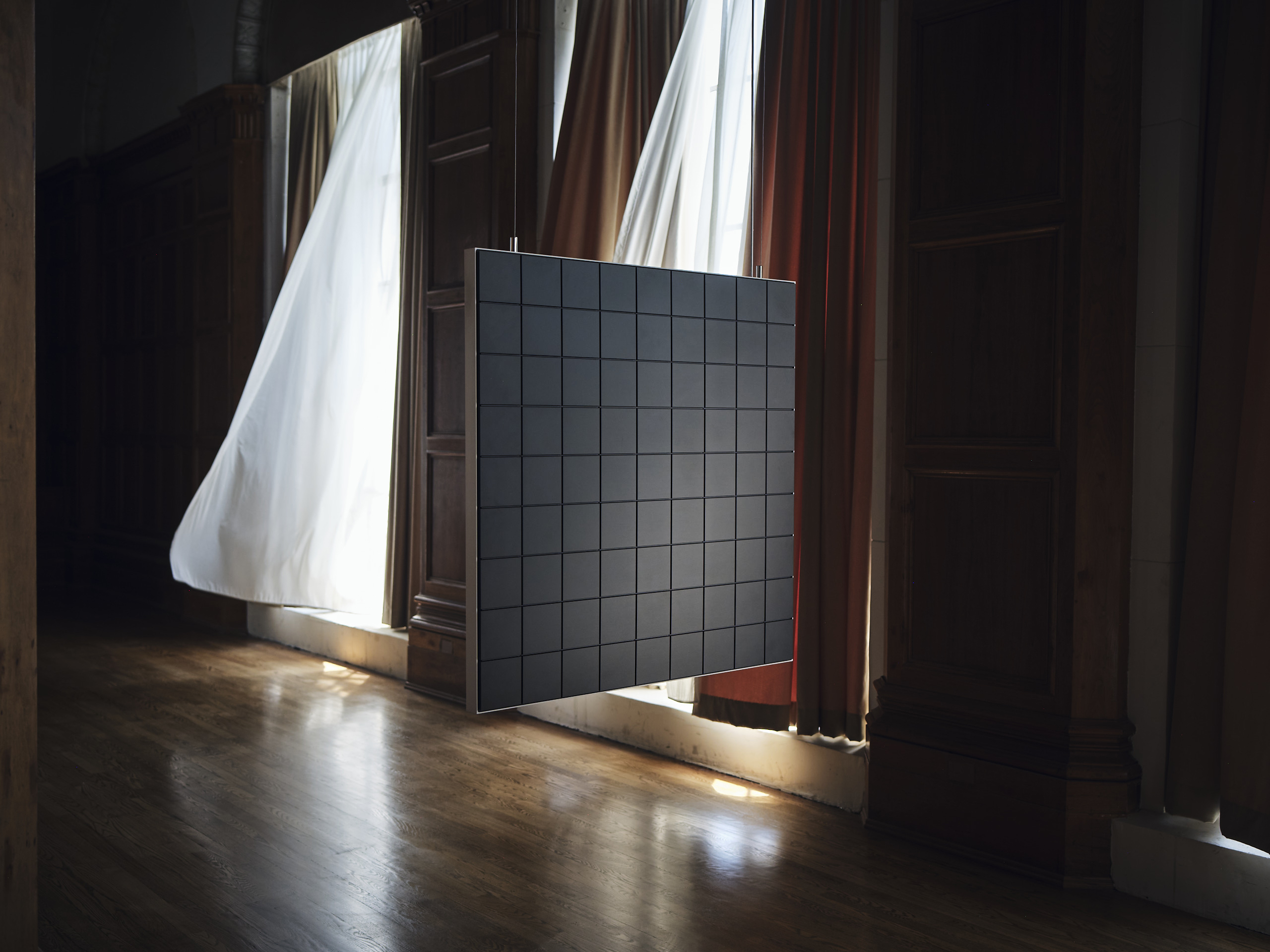
The Layer Canvas, rear view
In fact, the Layer Canvas is a computer you hang on your wall, incorporating not just a high-definition museum grade screen but all the processing power required to drive generative artworks – ‘painted in code’. The aluminium frame conceals a dedicated GPU that enables the canvas to run real-time code-based art from a growing library of unique pieces, all curated by the platform.
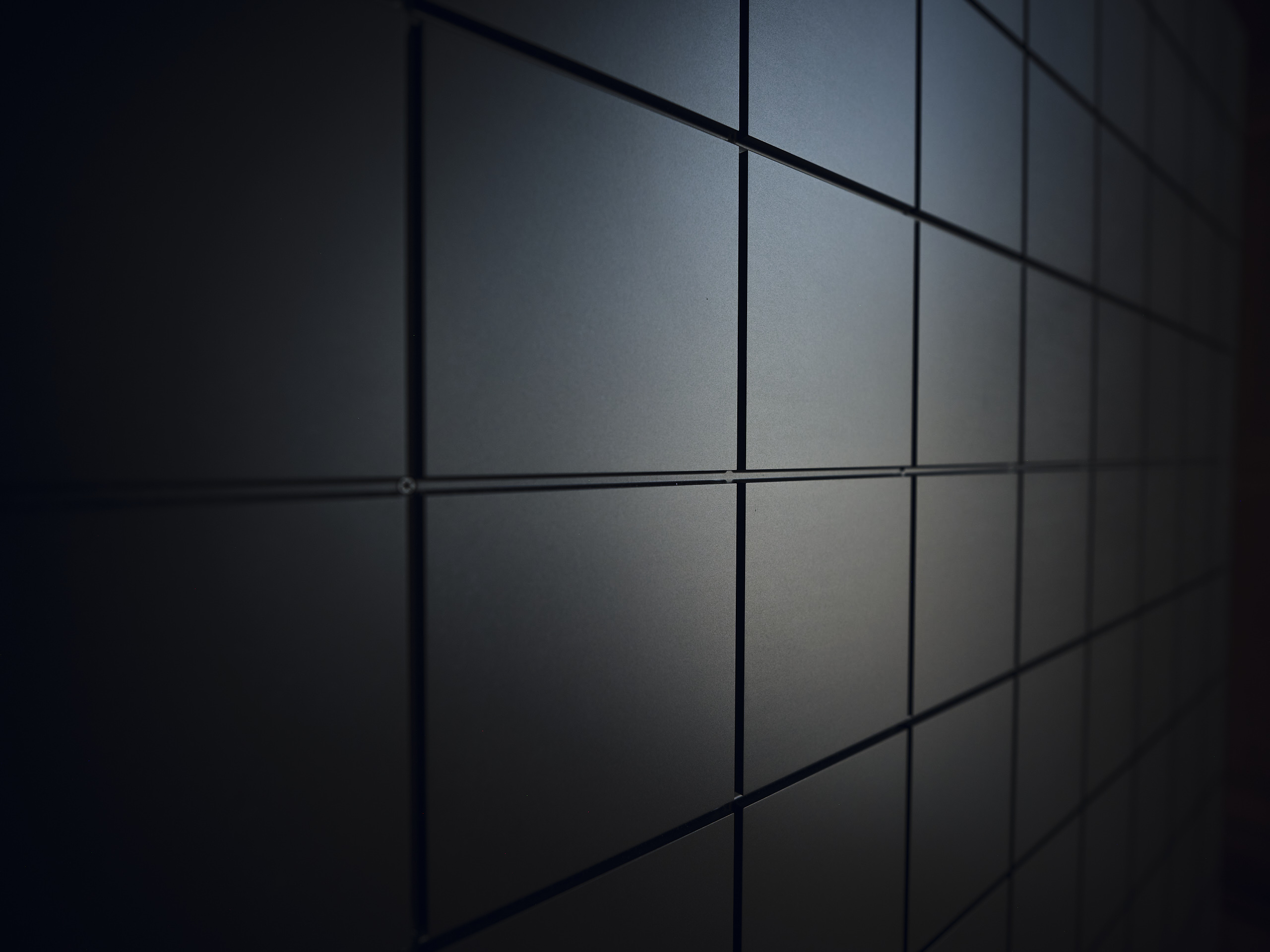
The Layer Canvas, rear view (detail)
‘The clarity is on another level compared to video,’ says Howe, ‘there’s no compression or artefacts.’ In fact, this kind of all-in-one platform has never existed before, beyond using a powerful computer hooked up to a separate screen.
The team approached artists working with code to find out what they wanted from a dedicated platform, and this was the result, a very intentional surface for art – with no sound, no family photo albums, weather, TV or other distractions. The 1:1 ratio was also a deliberate move away from the filmic 16:9 and other traditional media ratios.
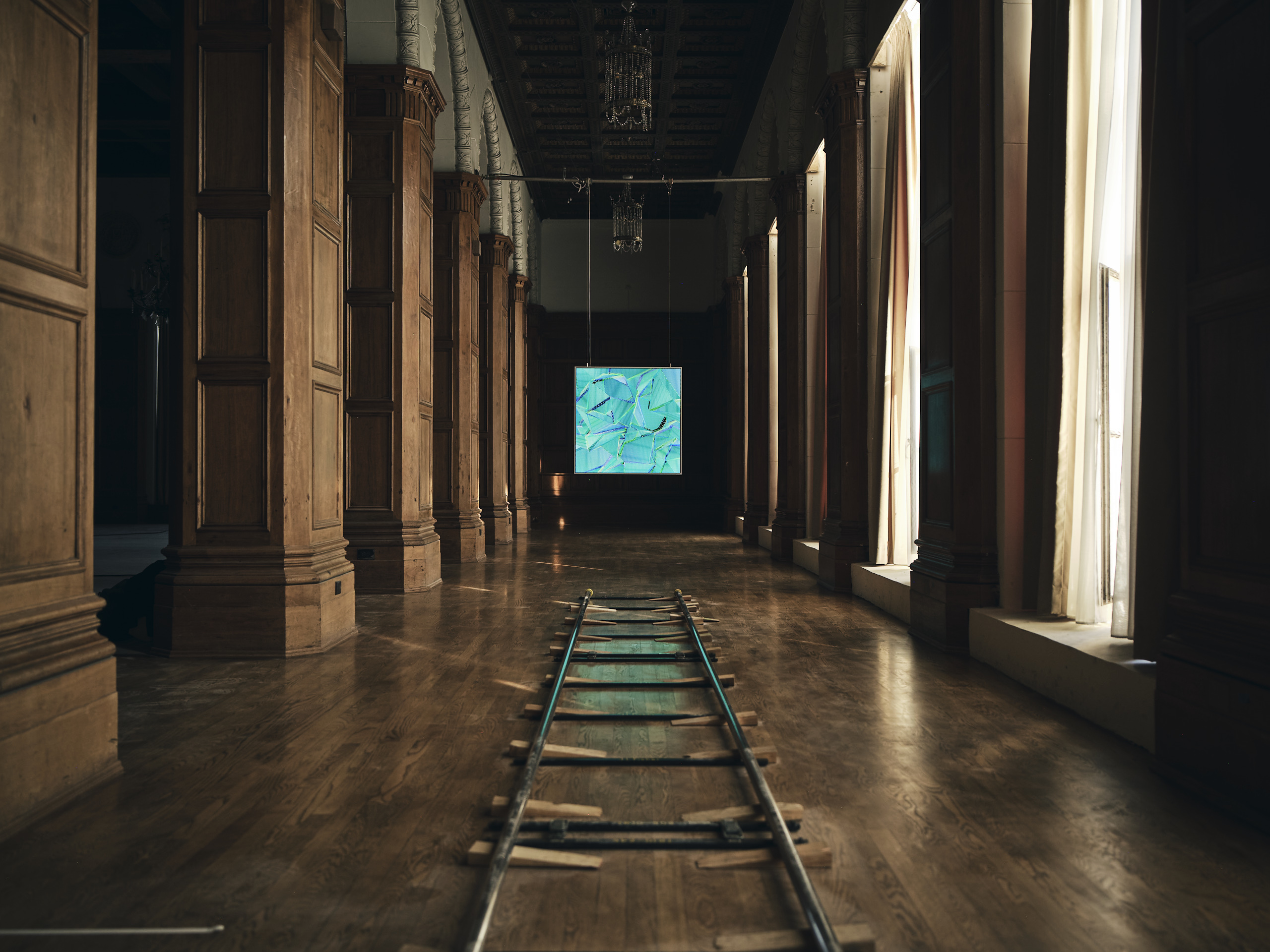
The Layer Canvas, showing 'Untitled' by Casey Reas
Howe’s studio was also involving in the branding and business plan, in addition to the industrial design. Back when he was working at Map Project Office, Howe was on the team that developed the Sky Glass television, a project that brought plenty of close involvement with the fast-moving display sector.
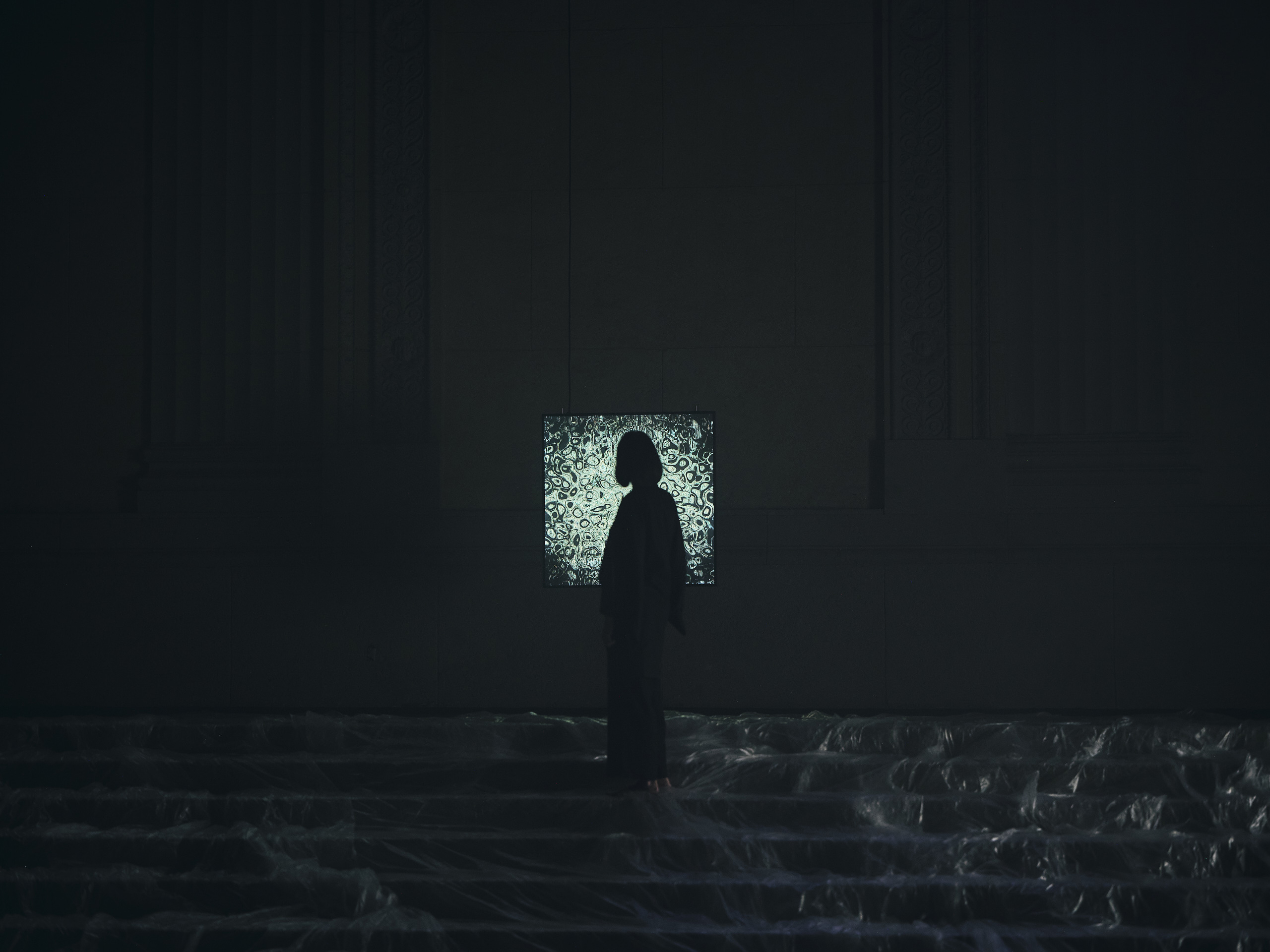
The Layer Canvas, showing 'Malformed' by Lake Heckaman
‘It’s a very high-performance back-lit LED panel,’ the designer says of the Layer system, ‘it’s always on and has anti-glare coating and a high contrast true black display to do the art justice.’ Other aspects of the design focused on performance and precision, such as the relatively thick panel, rather than a tech-centric sophistication. ‘The 1:1 ratio takes it away from the language of television,’ Howe says, ‘it’s designed to hang on the wall, or on a picture rail just in front of a wall, or even as a room divider.’
Receive our daily digest of inspiration, escapism and design stories from around the world direct to your inbox.
To achieve the latter, the rear panel had to look as good as the front, so a gridded design was chosen to make it feel more sculptural and elegant, with Donald Judd cited as an inspiration. ‘It feels more like an ornament for the home, not a fixture that’s just stuck on,’ Howe says. ‘We didn’t want it to feel like a piece of tech – it’s totally passive.’ Layer’s CCO Ben Wolstenholme describes the panel as being like a fireplace – a ‘reassuring presence.’
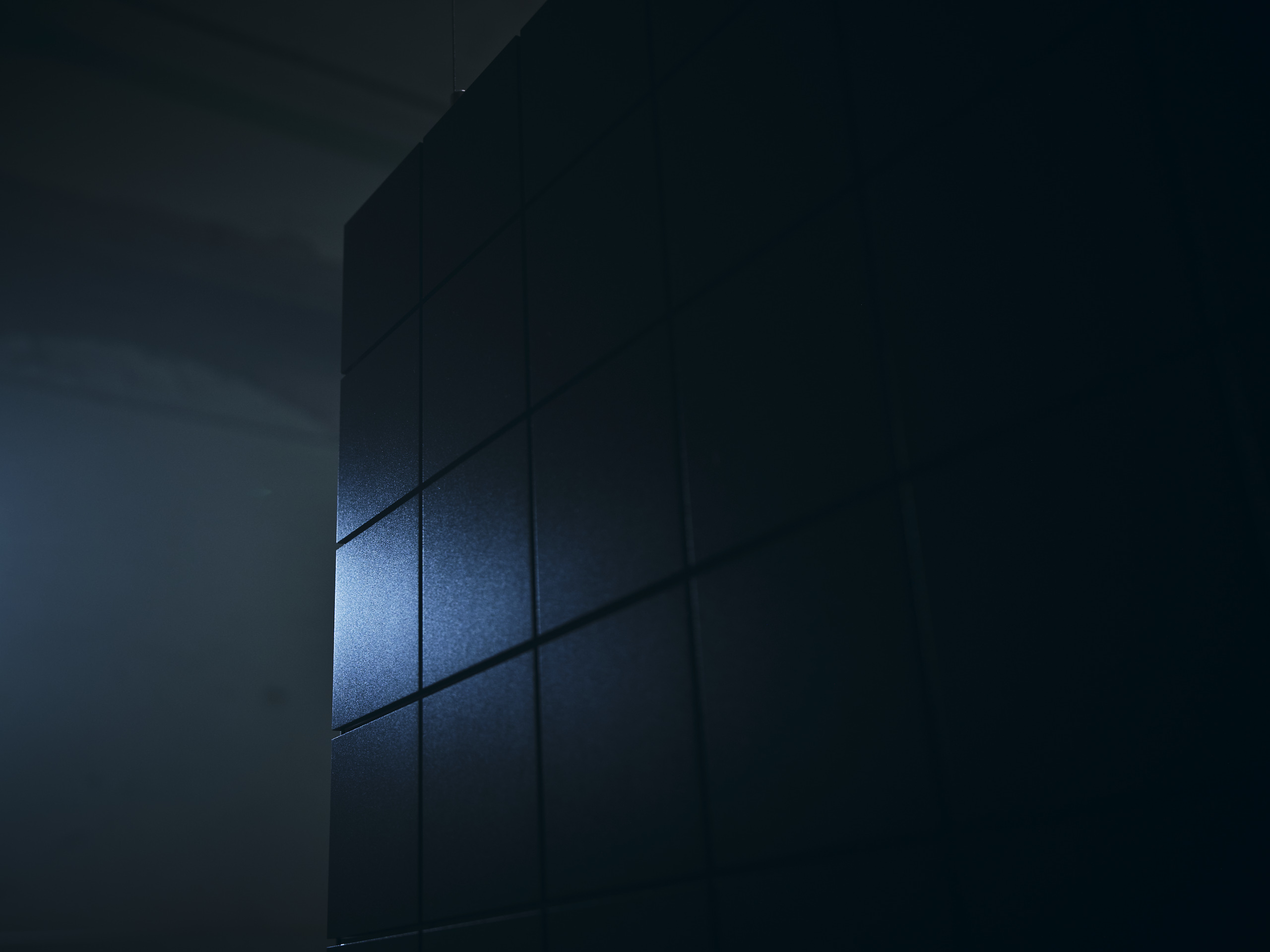
Ther rear of the Layer Canvas
The art itself is perhaps something of an acquired taste. One of the driving forces behind the project is the American artist and coder Casey Reas, a professor in the Department of Design Media Arts at the University of California, Los Angeles, as well as a practitioner and the co-creator (with Ben Fry) of Processing, an open source ‘software sketchbook’ that is the computational heart of much of the work on display. ‘At the beginning, we went to some of the foundational people in generative art,’ says Wolstenholme, ‘Casey said that ‘I’ve waited all my career for this…. basically, it’s the best their art has ever looked.’
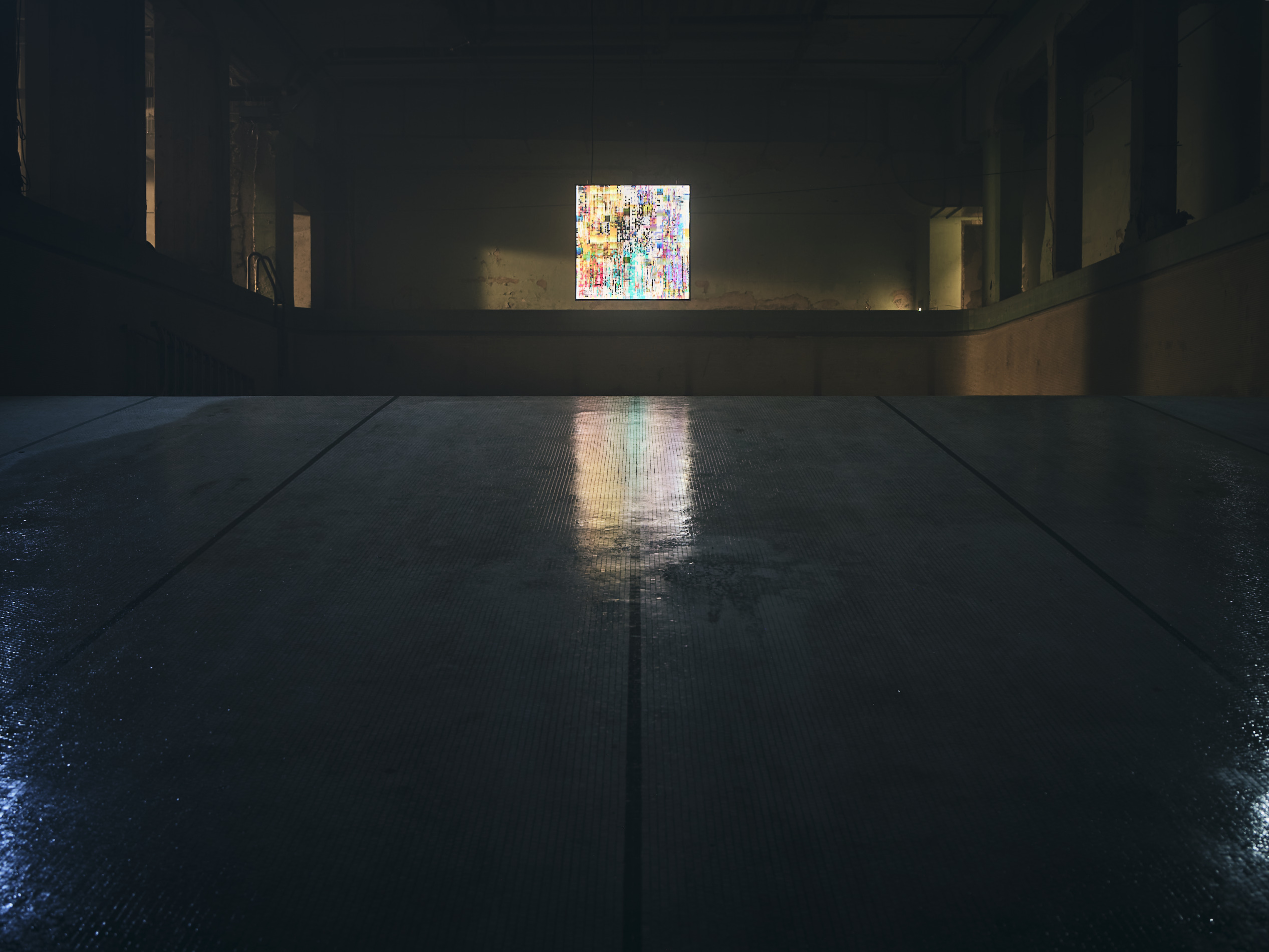
The Layer Canvas, showing 'Linear Memory' by Toxi
Many of the available pieces, including works by Reas, Andreas Nicolas Fischer, Anton Dubrovin, Arttu Koskela and more, evolve slowly, as if an abstract expressionist canvas was subtly shifting and changing throughout the day. Some run through cycles, others never repeat, and a ‘playlist’ can be created on the accompanying app with mood recommendations.
Many of the pieces are interactive, with parameters that can be changed via the app, ranging from forms and colour through to the speed of iteration. What’s more, Layer’s subscription model allows for artists to receive royalties based on how long each piece is ‘viewed’ by the subscriber base. Canvas is a progressive platform in more ways than one.
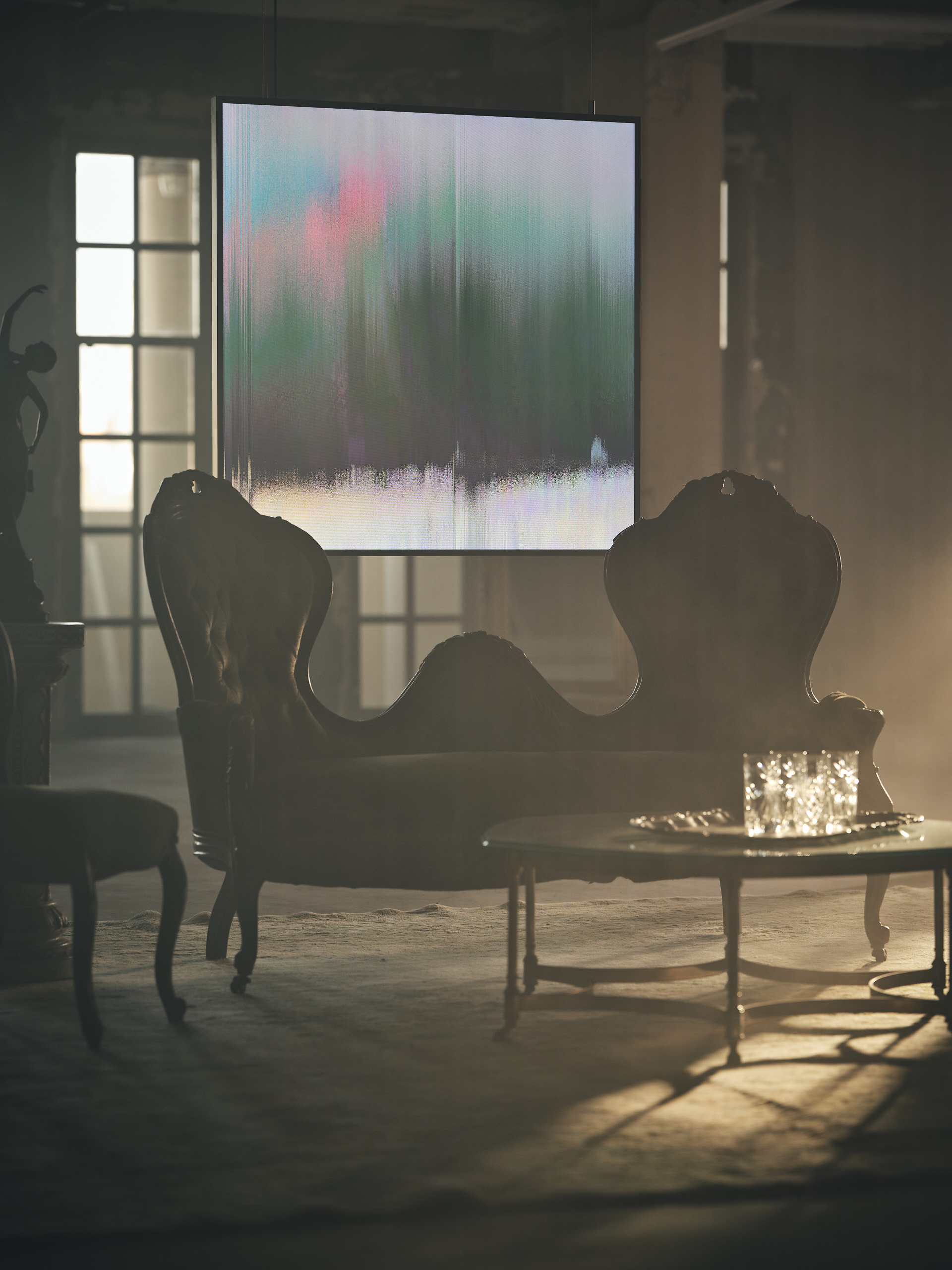
The Layer Canvas, showing 'Richter' by Leander Herzog & Richard Nadler
Jonathan Bell has written for Wallpaper* magazine since 1999, covering everything from architecture and transport design to books, tech and graphic design. He is now the magazine’s Transport and Technology Editor. Jonathan has written and edited 15 books, including Concept Car Design, 21st Century House, and The New Modern House. He is also the host of Wallpaper’s first podcast.
-
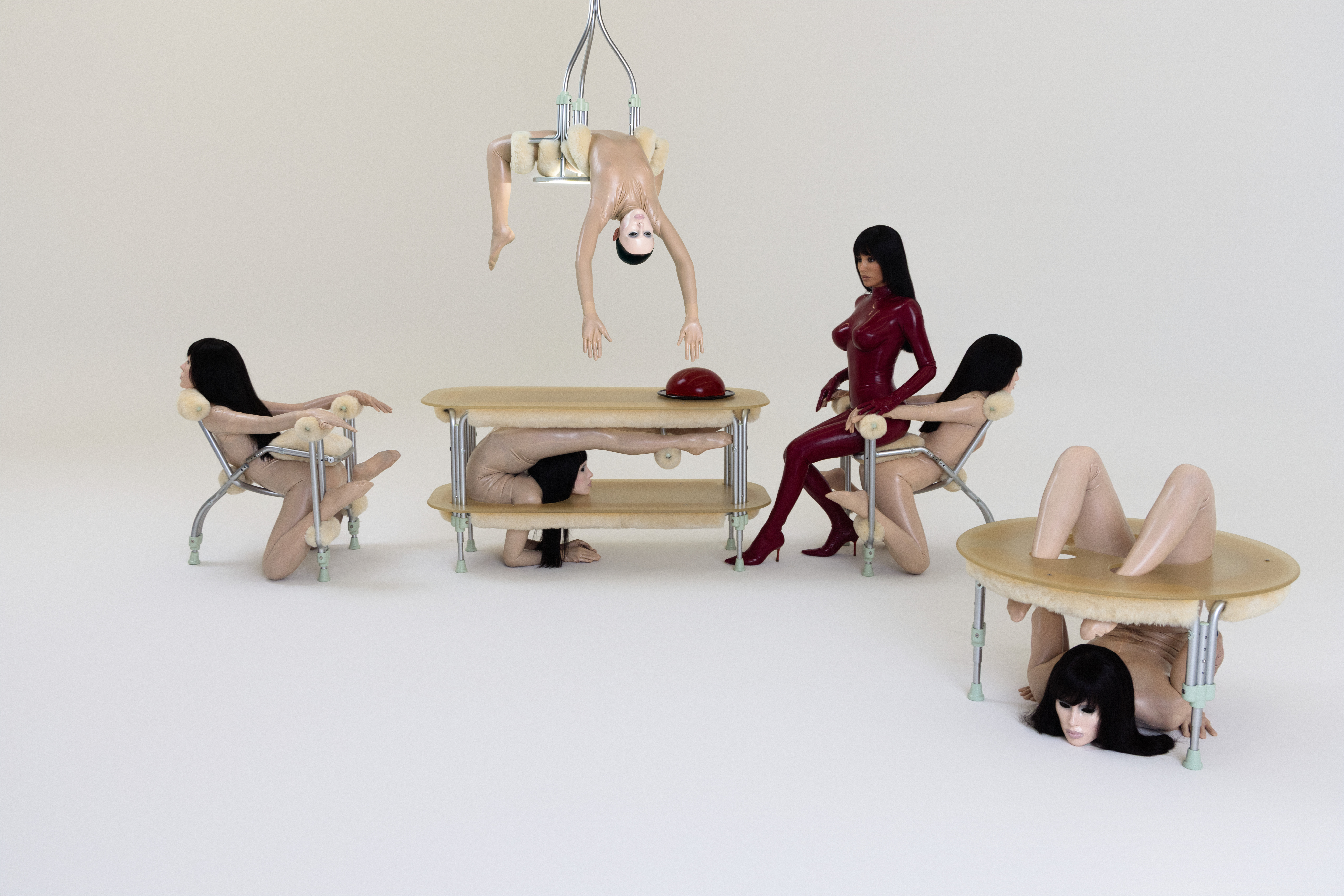 Eight questions for Bianca Censori, as she unveils her debut performance
Eight questions for Bianca Censori, as she unveils her debut performanceBianca Censori has presented her first exhibition and performance, BIO POP, in Seoul, South Korea
-
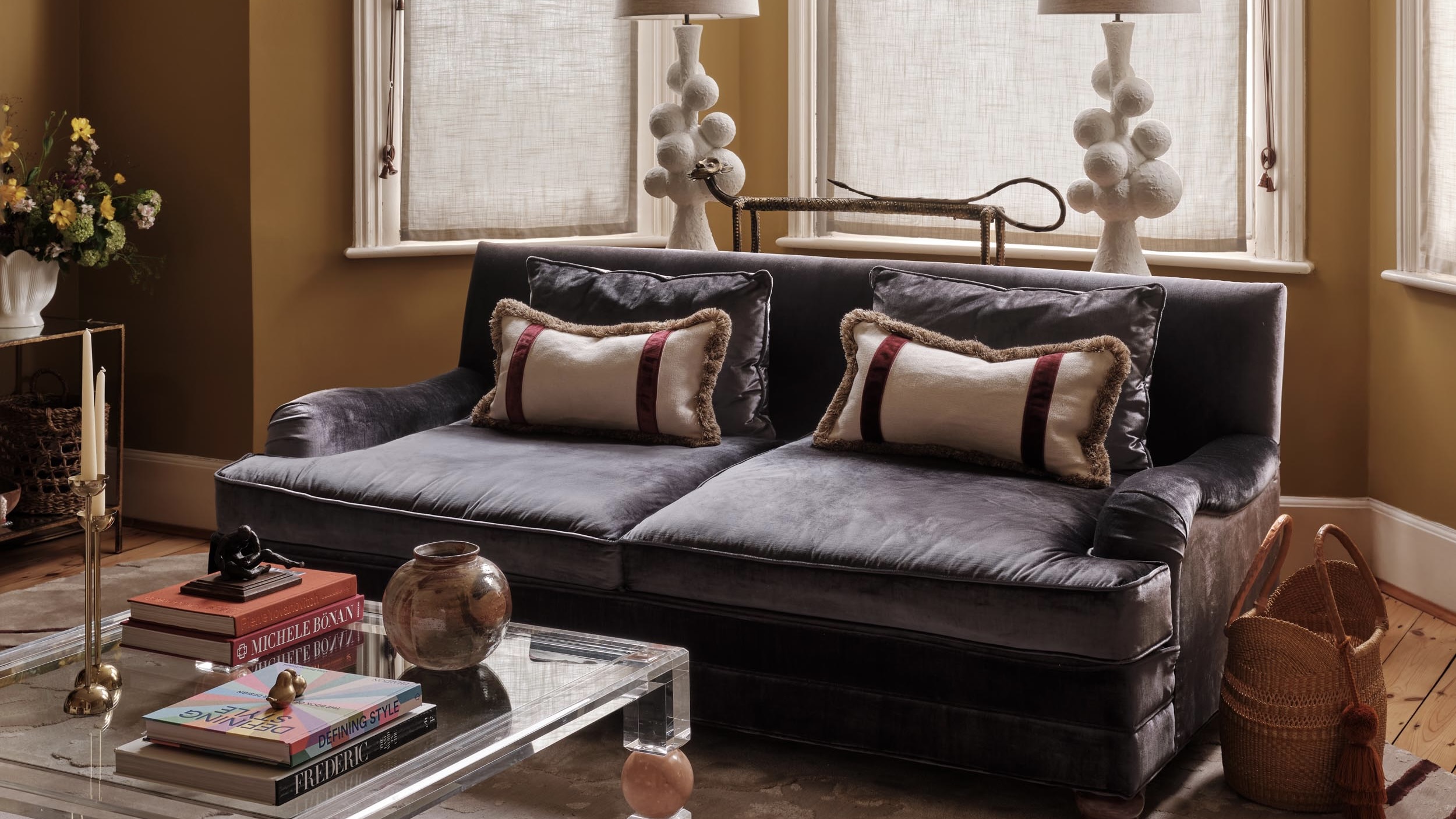 How to elevate a rental with minimal interventions? Charu Gandhi has nailed it with her London home
How to elevate a rental with minimal interventions? Charu Gandhi has nailed it with her London homeFocus on key spaces, work with inherited details, and go big on colour and texture, says Gandhi, an interior designer set on beautifying her tired rental
-
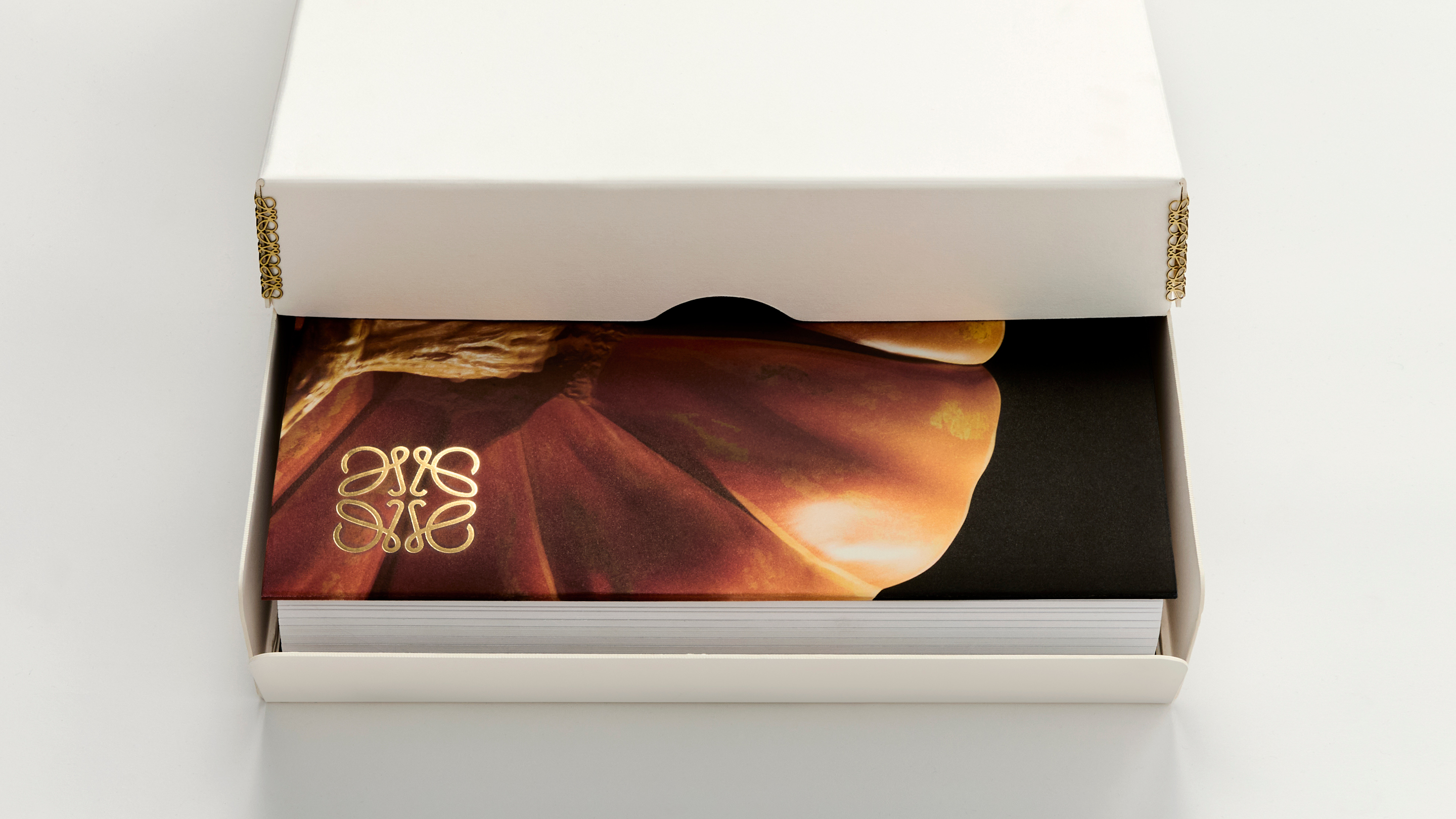 These fashion books, all released in 2025, are the perfect gift for style fans
These fashion books, all released in 2025, are the perfect gift for style fansChosen by the Wallpaper* style editors to inspire, intrigue and delight, these visually enticing tomes for your fashion library span from lush surveys on Loewe and Louis Vuitton to the rebellious style of Rick Owens and Jean Paul Gaultier
-
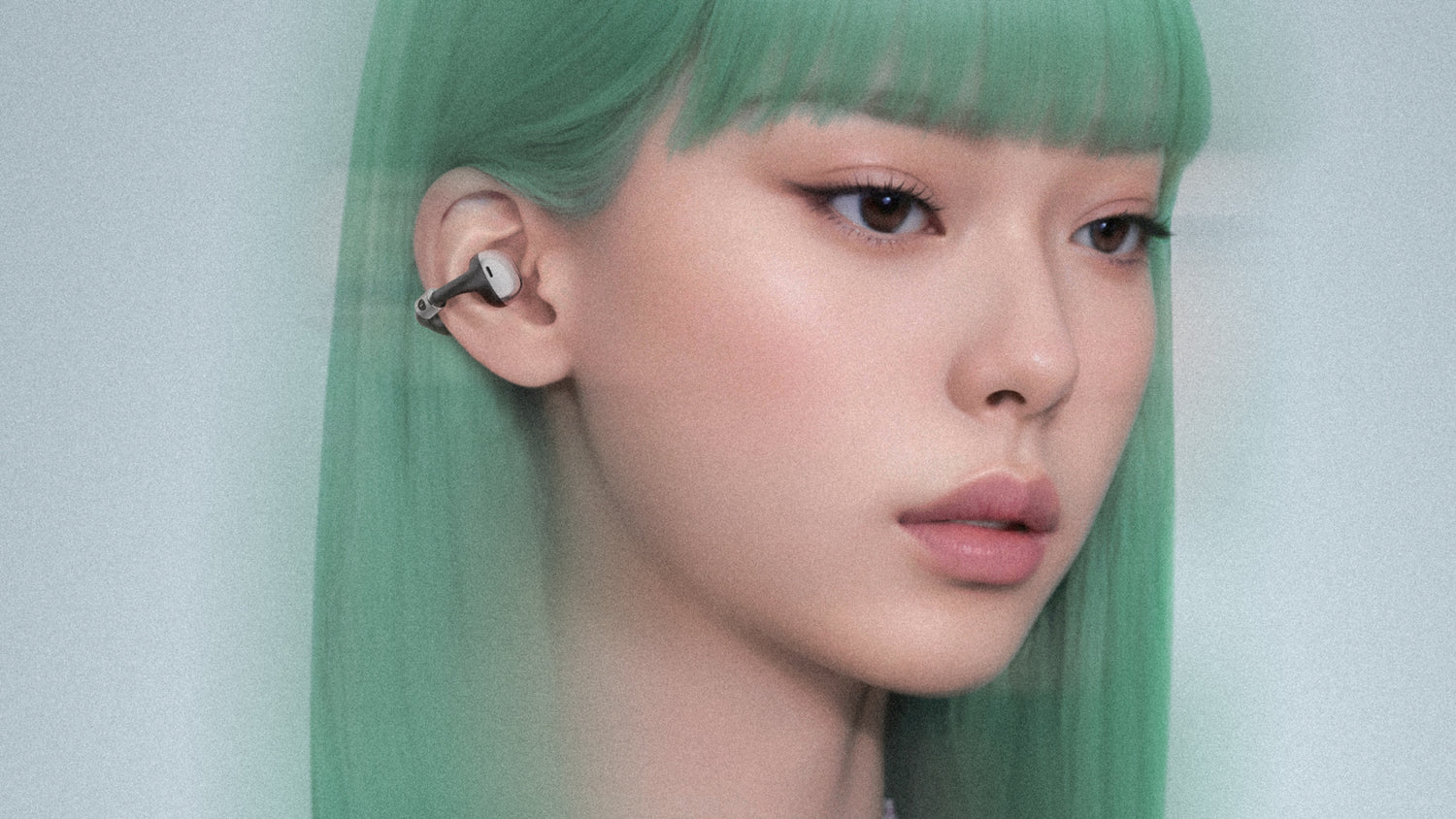 From smart glasses to ‘empathy’ machines: what AI gadgets get right (and very wrong)
From smart glasses to ‘empathy’ machines: what AI gadgets get right (and very wrong)From furry friends to smart glasses, we test the latest AI gadgets promising to enhance your life
-
 The new Plaud Note Pro deploys AI to transform the spoken word into searchable data
The new Plaud Note Pro deploys AI to transform the spoken word into searchable dataThe Note Pro promises full-on conversational AI, a pocketable device that can capture roundtable chats and correctly attribute speakers and action points. Help or hindrance?
-
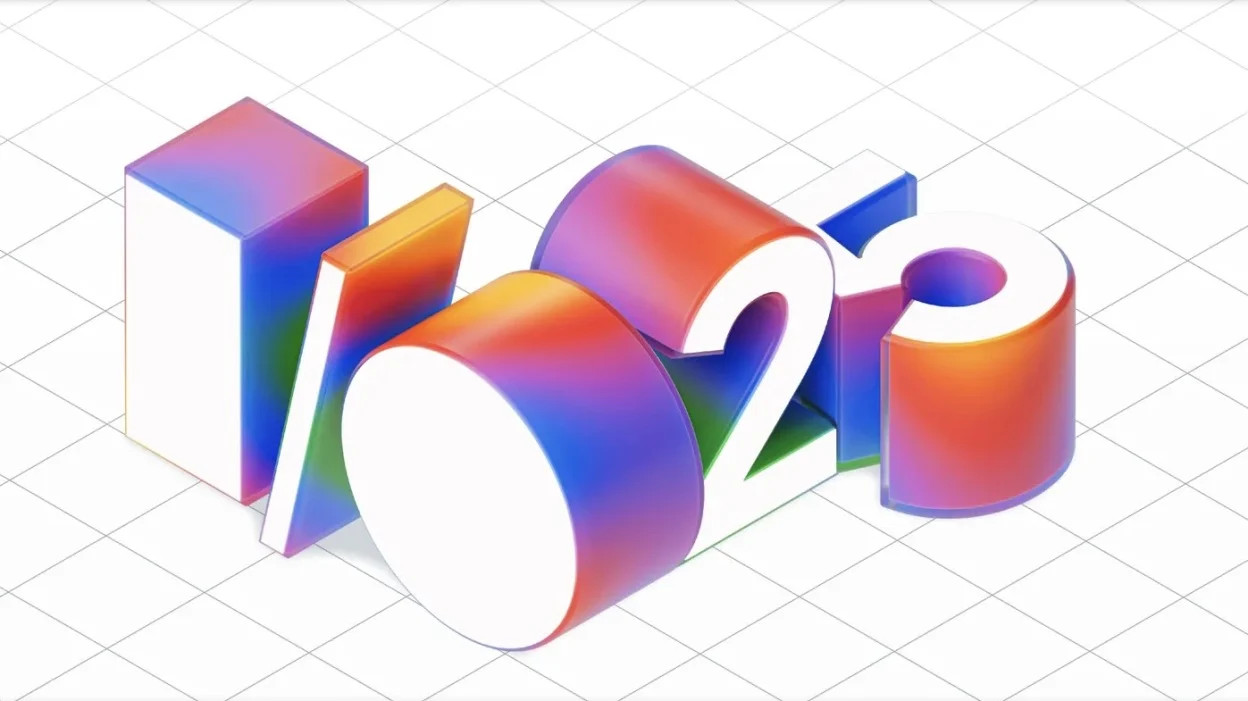 Google I/O 2025 melded light-touch UI interactions with an enhanced AI-driven core
Google I/O 2025 melded light-touch UI interactions with an enhanced AI-driven coreWe take stock of Google’s new AI offerings. Under a new Material 3 Expressive aesthetic that softens and smooths, AI arrives to take stock of you, your choices, desires, innermost thoughts and exactly what it is you want for dinner
-
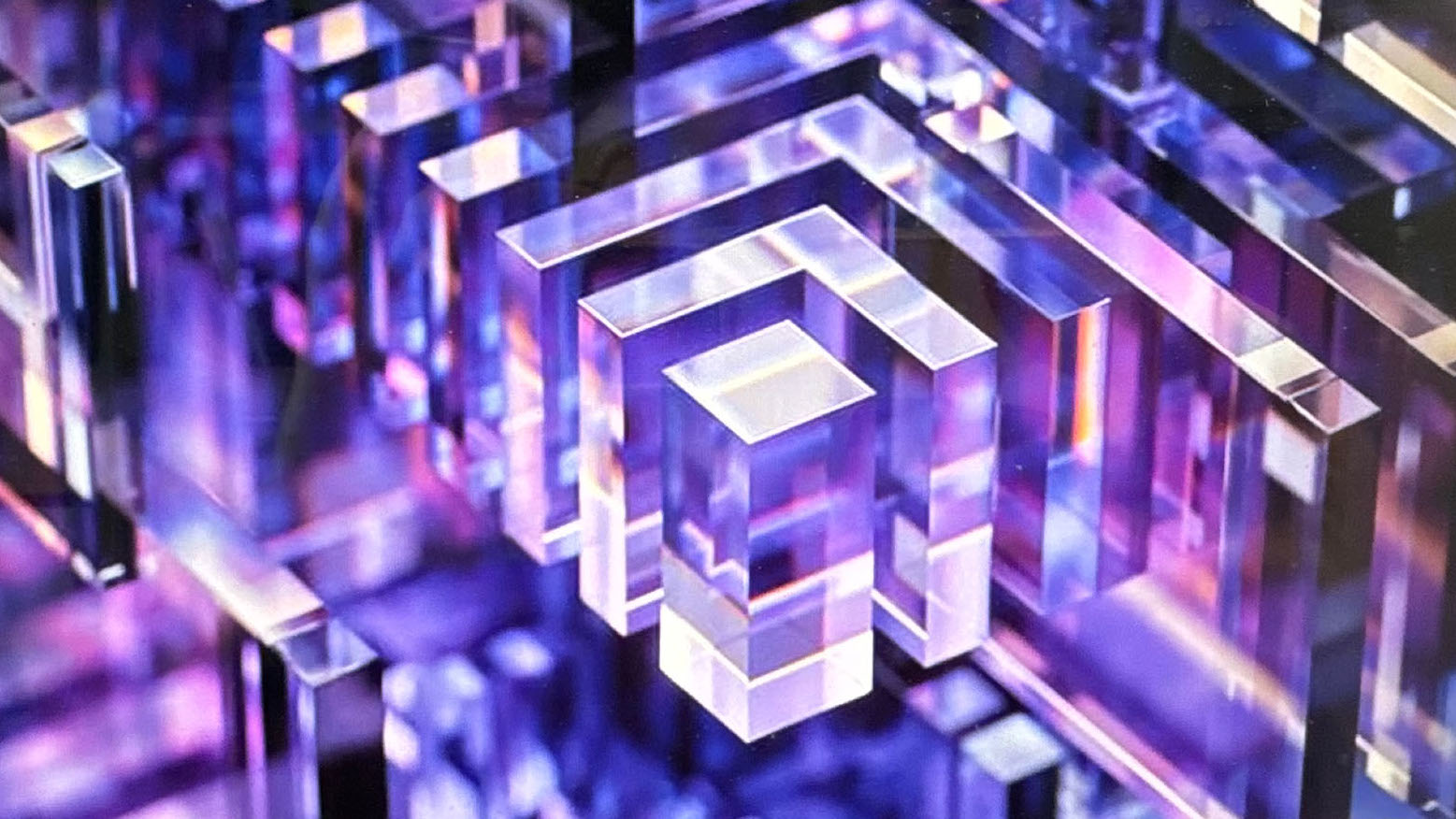 Microsoft vs Google: where is the battle for the ultimate AI assistant taking us?
Microsoft vs Google: where is the battle for the ultimate AI assistant taking us?Tech editor Jonathan Bell reflects on Microsoft’s Copilot, Google’s Gemini, plus the state of the art in SEO, wayward algorithms, video generation and the never-ending quest for the definition of ‘good content’
-
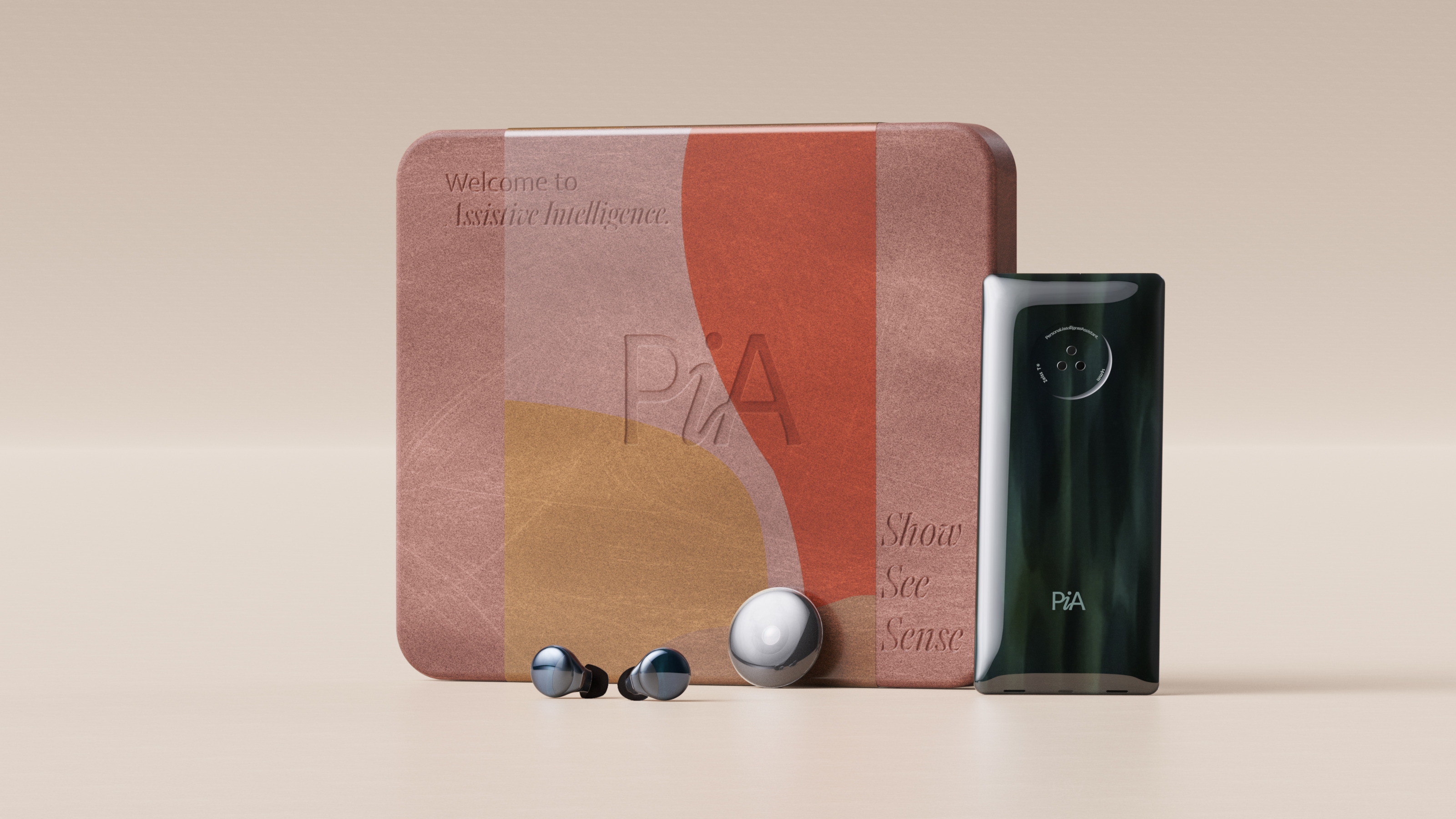 Layer conceptualises a next-gen AI-powered device: introducing the PiA
Layer conceptualises a next-gen AI-powered device: introducing the PiAPiA, the Personal Intelligent Assistant, is a conceptual vision of how AI might evolve to dovetail with familiar devices and form factors
-
 OpenAI has undergone its first ever rebrand, giving fresh life to ChatGPT interactions
OpenAI has undergone its first ever rebrand, giving fresh life to ChatGPT interactionsA new typeface, word mark, symbol and palette underpin all the ways in which OpenAI’s technology interacts with the real world
-
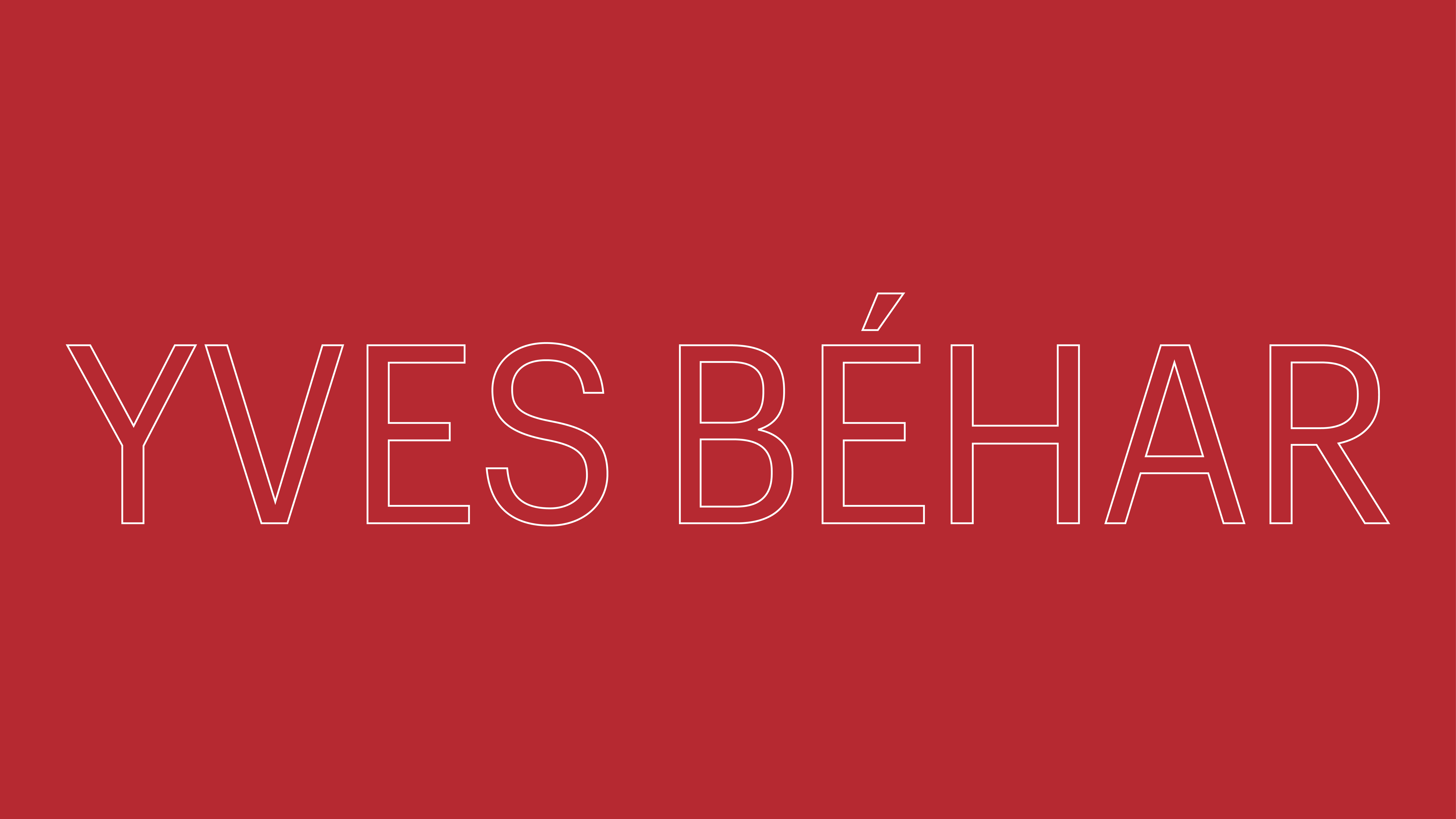 Yves Béhar describes his approach to design, built around a core of sustainable processes and positive social impact
Yves Béhar describes his approach to design, built around a core of sustainable processes and positive social impactYves Béhar is the Swiss-born American founder of Fuseproject, a San Francisco-based multidisciplinary design studio with an outpost in Lisbon. Béhar's work is held in collections at both MoMA and SFMoMA and includes everything from mobility design to medical technology, robotics and high tech start-ups
-
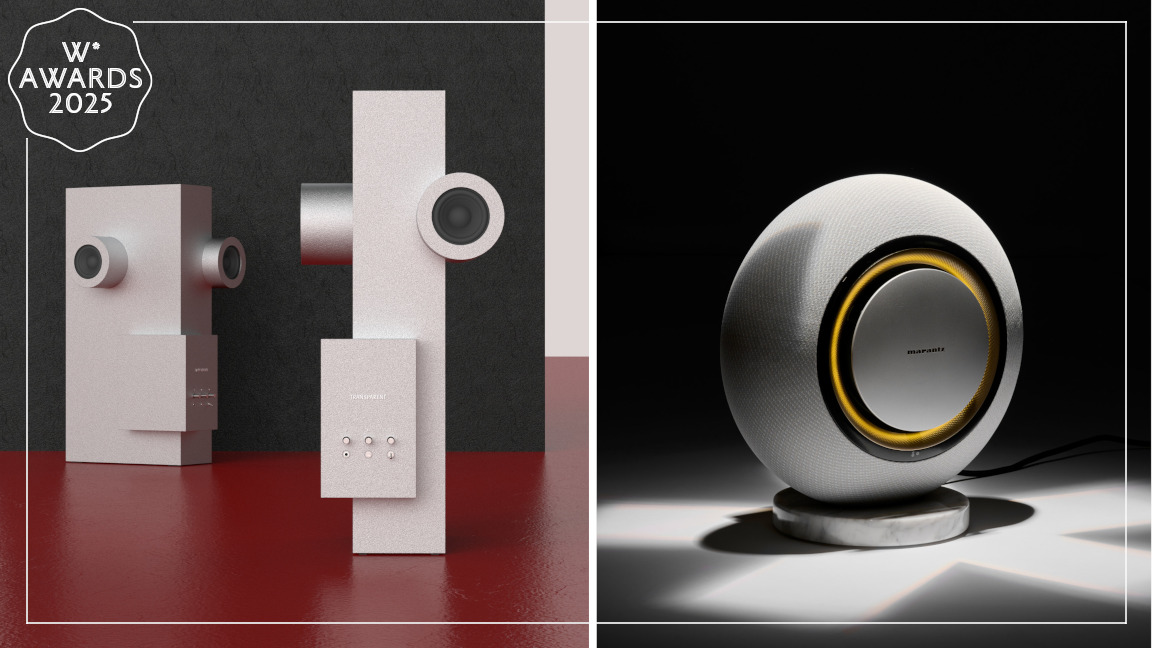 Wallpaper Design Awards 2025: In tech, we’re worshipping at the altar of inanimate objects, not smart devices
Wallpaper Design Awards 2025: In tech, we’re worshipping at the altar of inanimate objects, not smart devicesThe very best contemporary technology, as celebrated by the 2025 Wallpaper* Design Awards and detailed by tech editor Jonathan Bell – watch the video